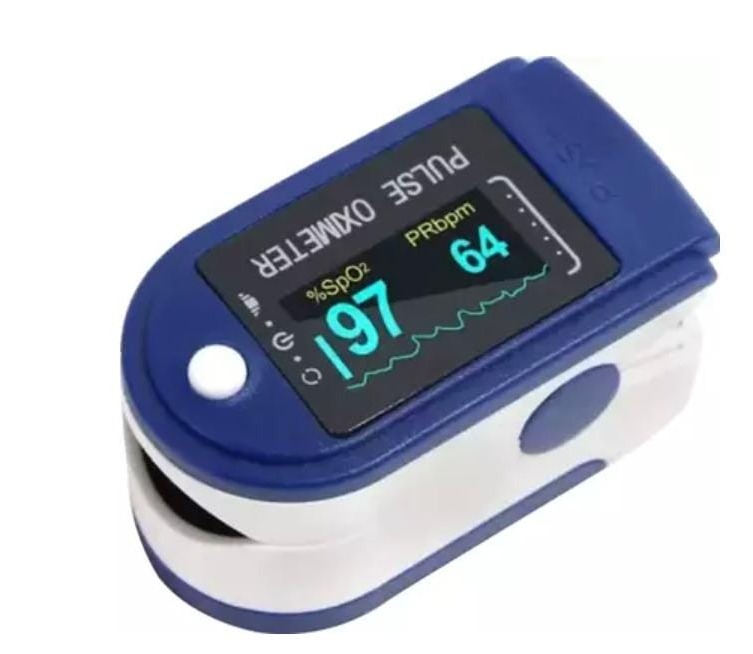
The pulse oximeter measures two key parameters:
SpO2: The oxygen saturation of hemoglobin in arterial blood.
Pulse rate: The number of heartbeats per minute, usually averaged over a short period (5-20 seconds).
Here are some of the key advantages of using a pulse oximeter:
Early Warning System: Pulse oximeters act as an early warning system, continuously tracking oxygen saturation levels in the blood. They can detect hypoxia far quicker than a healthcare provider might observe clinical signs, such as cyanosis (bluish skin discoloration). This early detection makes pulse oximeters indispensable for safe anesthesia practices.
User-Friendly Alerts: These devices often come with audible beeps or alarms that activate when readings fall outside of acceptable ranges. This eliminates the need for constant visual monitoring, making them more convenient and user-friendly.
best pulse oximeter
best pulse oximeter for doctors
best pulse oximeter price in india
blood pressure oximeter pulse monitor
pulse oximeter for sale
what is pulse oximeter and how to use it
what is the importance of pulse oximeter
what is the normal pulse rate on an oximeter
what pulse oximeter shows
what should be oxygen level and pulse rate
what should be pulse rate in oximeter
what should be the normal oxygen level and pulse rate
what's a normal pulse and oxygen level
what's a normal pulse rate on an oximeter
which brand is best for pulse oximeter
which finger is best for pulse oximeter
which finger used for pulse oximeter
which is the best pulse oximeter to buy
which pulse oximeter is best in india
which pulse oximeter is the best
why oximeter shows high pulse rate

